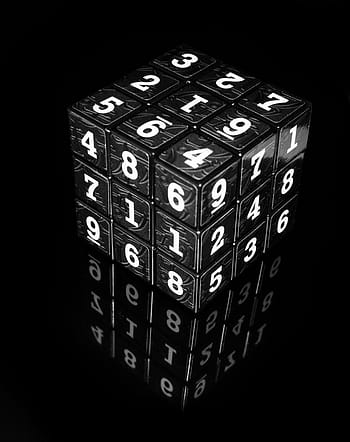By the end of this unit you should:

Read about corpus linguistics and its applications.
A corpus (plural: corpora) is a large, structured collection of texts used for linguistic analysis. Corpora enable researchers to study language patterns, word usage, and linguistic phenomena across thousands or millions of texts. In NLP, corpora serve as training data for machine learning models and provide insights into natural language patterns.
Types of corpora we'll explore:
Explore different text types using the interactive browser.
Use the tabs below to browse sample texts from different corpora and observe how language varies across genres and contexts.
Scientists at the University announced yesterday that they have developed a new machine learning algorithm that can predict weather patterns with 95% accuracy. The breakthrough research, published in Nature Climate Change, could revolutionize meteorological forecasting and help communities better prepare for extreme weather events.
Characteristics: Formal tone, third-person, factual reporting, temporal references
Watch how to access and use NLTK's built-in corpora.
This video (9 minutes) demonstrates how to load and explore NLTK's extensive collection of corpora, including the Brown Corpus, Reuters Corpus, and Gutenberg Collection.
Extract and visualize n-grams from corpus text.
N-grams are sequences of n consecutive words that help identify common phrases and patterns in text. This tool generates bi-grams (2 words) and tri-grams (3 words) from your input.
Search for keywords in context across corpus data.
A concordance shows how a word appears in different contexts. KWIC (Keyword in Context) displays your search term surrounded by neighboring words, helping you understand usage patterns.
Watch how to create and organize your own text collections.
This video (8 minutes) shows how to collect texts from various sources, organize them into a structured corpus, and prepare them for analysis.
Compare linguistic features across different text collections.
Upload or paste texts from different genres and compare their linguistic characteristics using automated analysis.
Test your understanding of corpus linguistics:
1. What is a corpus in NLP?
2. What does KWIC stand for?
3. What are bi-grams?
Social Media Sample
OMG just tried the new ML algorithm for weather prediction! 🌧️ Super accurate and saved me from getting soaked today 😅 #tech #innovation #weatherapp
Characteristics: Informal language, abbreviations, emojis, hashtags, first person